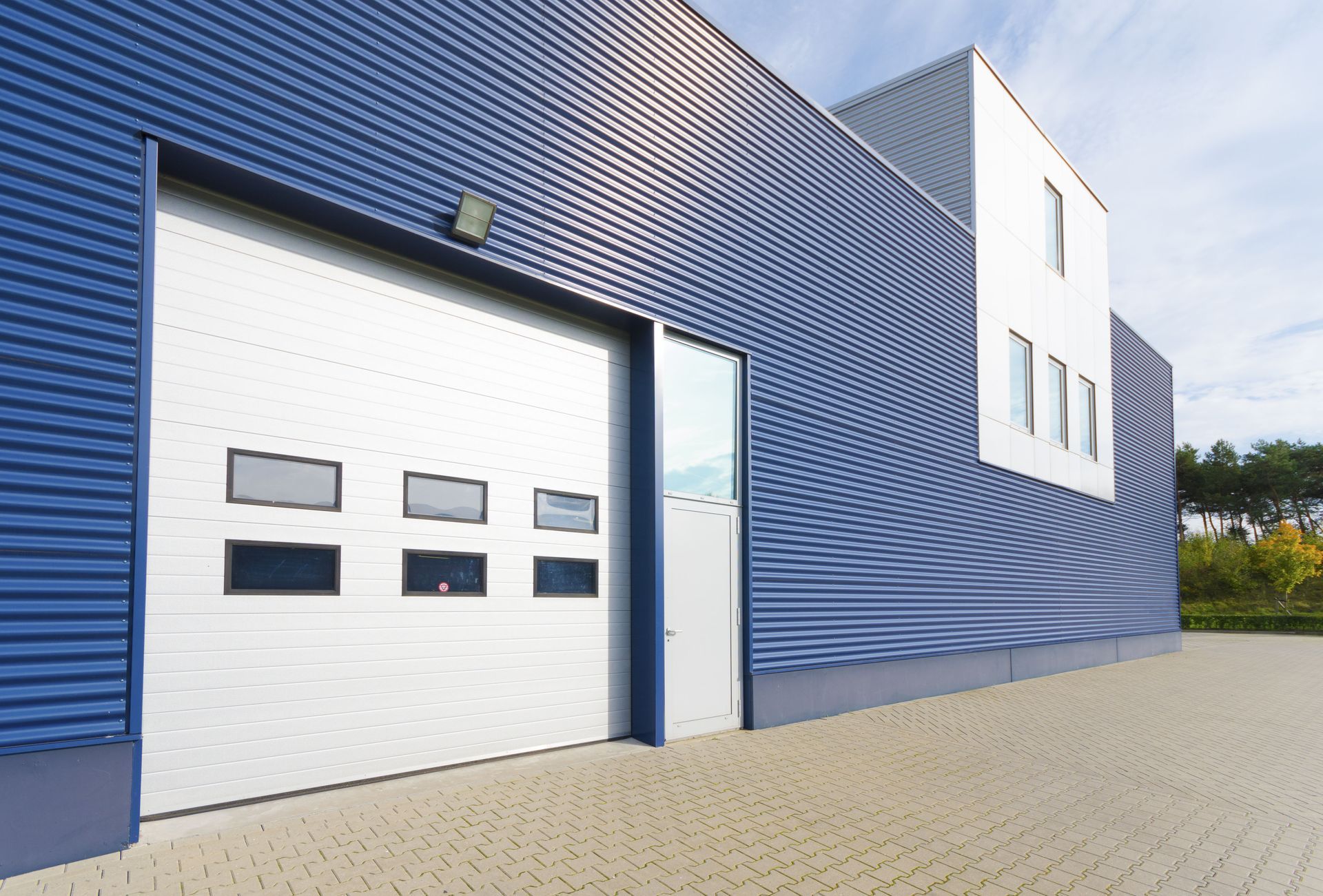November 22, 2025
Metal buildings are becoming increasingly popular in construction for a variety of reasons, one of the most notable being their superior fire protection capabilities. This article explores the reasons why metal buildings from metal building companies offer a safer alternative when it comes to protecting against fires. By understanding the inherent properties of metal, as well as the innovations in fireproofing technologies, we can appreciate their role in enhancing safety. Moreover, this analysis contrasts metal with traditional materials, uncovering key advantages. Ultimately, metal structures stand out as a reliable, sustainable option in fire-prone situations.
Non-combustible Materials
Composition of Metal Structures
Firstly, metal structures from metal building companies primarily consist of steel, aluminum, and sometimes alloys, which are inherently non-combustible. These materials do not ignite or emit toxic smoke and gases when exposed to fire, marking a significant safety advantage over combustible building components like wood. Steel's crystalline structure provides exceptional strength and durability, even in stressful conditions. Additionally, metals can be engineered into various forms to enhance their structural integrity. This adaptability in design further contributes to their appeal for both safety and architectural purposes.
Resistance to High Temperatures
Metals are renowned for their ability to withstand high temperatures without losing structural integrity. Steel, for example, maintains much of its strength at temperatures that would sabotage other materials. This resistance is crucial in delaying structural failure during a fire, allowing more time for occupants to escape and firefighters to respond. In fact, according to MBMA.com, metal buildings can easily comply with 1- and 2-hour fire-rating requirements. These ratings ensure that structures will hold up for a significant period before any potential compromise, enhancing safety protocols.
Comparison With Traditional Building Materials
Traditional building materials like wood and certain composites are more susceptible to ignition and faster fire spread. Wood, being organic, not only catches fire easily but also contributes to its spread by acting as fuel. In comparison, metal does not contribute to either the spread of fire or the generation of additional heat. Concrete, another common building material, lacks the tensile strength of metal and can crack or spall under extreme heat. Therefore, metal surfaces deliver a distinct safety advantage over these traditional choices, offering enhanced protection and reliability.
Structural Integrity During Fires
Metal's Strength at Elevated Temperatures
At elevated temperatures, metals like steel retain a substantial portion of their strength, which is critical in maintaining a building's structural integrity during a fire. While all materials degrade under the intense heat of a fire, steel's high melting point allows it to perform better than most. As temperatures in a burning building rise, steel can sustain heavy loads longer than wood or concrete. This characteristic provides more time for fire control and suppression efforts, crucial in preventing complete structural failure. Consequently, metal-building owners enjoy peace of mind knowing their facilities are better equipped to resist fire-induced collapse.
Load-bearing Capacity
The load-bearing capacity of metal is a decisive factor in fire safety. These metals are engineered to support immense weight without buckling, even under duress. Particularly in industrial settings, the ability to maintain load capacity means critical infrastructure remains operable longer in the event of a fire. This property not only protects human life but also minimizes economic losses due to equipment and inventory damage. Furthermore, metal's resistance to deformation at high temperatures can effectively contain fires to their points of origin, avoiding widespread structural compromise.
Deformation and Collapse Prevention
Deformation and collapse are among the most catastrophic consequences of intense fires. Metal buildings from metal building companies are particularly designed to overcome these challenges. Structural engineers account for potential fire scenarios by selecting metals with high yield strengths and incorporating additional safety reinforcements. As a result, metal structures are far less prone to panic-inducing collapses, even when exposed to severe fire conditions. Validation comes from numerous case studies showing that metal buildings can endure fires, remaining stable long after other materials have failed.
Fire-Resistant Coatings and Treatments
Types of Fireproof Coatings for Metal
Fire-resistant coatings play a critical role in enhancing the fire safety of metal buildings from metal building companies. Intumescent coatings, one popular option, expand when exposed to heat, forming an insulating barrier that protects the metal substrate. These coatings can significantly delay the rise of temperature in metal components, prolonging the time before structural compromise. Other options include fire-retardant paint and spray-applied fire-resistive materials, each offering unique advantages depending on application needs. The commercial availability of these coatings ensures that metal buildings can meet and even surpass standard fire-safety requirements.
Application Methods and Effectiveness
The effectiveness of a fireproof coating largely depends on its application. Proper surface preparation and coating techniques are crucial for achieving uniform protection. Spray methods are often employed to ensure full coverage over complex structures and details. Furthermore, coatings should be regularly inspected for wear and tear, maintaining efficacy over a building's lifespan. These protective layers, once properly applied and maintained, extend the security provided by metal structures in fire scenarios.
Longevity of Treatments
The longevity of fire-resistant treatments is pivotal in safeguarding metal buildings over time. Unlike temporary solutions, these treatments are designed to last decades, making them a cost-effective investment. Routine maintenance checks are recommended to keep these protective measures functional and reliable. Advances in coating technologies continually enhance their stamina against environmental wear and tear, maintaining performance excellence. Thus, long-lasting treatments ensure metal buildings remain resilient against fire threats as years pass.
Design Flexibility and Safety Features
Integration of Firewalls and Barriers
Incorporating firewalls and barriers into metal building designs significantly enhances their fire safety profile. These structural divisions are engineered to withstand fire penetration, preventing it from spreading through the building. By containing fires to isolated areas, these barriers protect the rest of the structure and provide safe egress routes for occupants. Additionally, fire-rated doors and partitions complement firewall systems, adding layers of defense across a facility. As such, metal buildings from metal building companies leverage these designs to offer extraordinary functional safety during emergencies.
Floor Plans With Fire Safety
Furthermore, fire safety is a paramount consideration in the architectural design phase of metal building construction. By incorporating open spaces and strategic egress routes, the risk to life and property is minimized. Floor plans can be tailored to facilitate efficient evacuation and firefighter access in emergencies. Moreover, non-combustible materials are strategically placed to protect high-risk areas. When designed with fire safety in consideration, metal buildings balance aesthetic appeal with lifesaving practicality.
Fire Exits and Escape Routes
Fire exits and escape routes are critical elements of any building's fire safety strategy. Metal buildings benefit from their adaptable floor plans, which can easily accommodate multiple, well-positioned exits and clear paths to safety. Signage, lighting, and accessibility considerations are integral to ensuring these routes are usable even in stressful conditions. Regular drills demonstrate the most effective use of these routes under simulated fire scenarios, aiding in occupant preparedness. As components of a comprehensive safety plan, these features significantly mitigate risk during actual emergencies.
Metal buildings present a robust solution to fire protection challenges due to their construction properties, material durability, and design versatility. By integrating advanced fire-resistant technologies and maintaining cost-effectiveness, metal structures not only offer safety but also contribute positively toward sustainability and environmental health. If you have any questions or would like more information, please reach out to us. Call Callahan Steel Buildings today to work with one of the top metal building companies.


